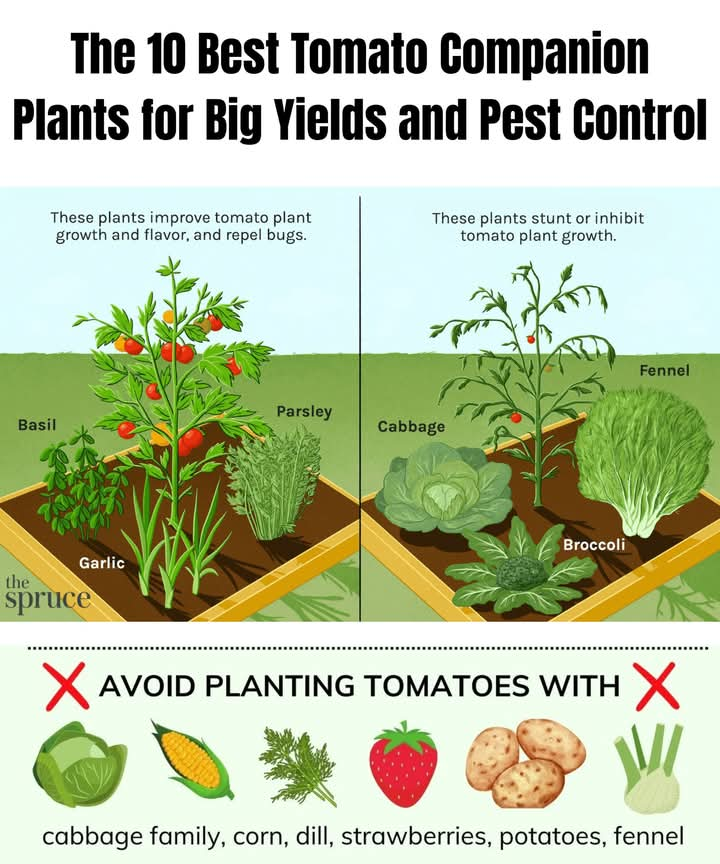Feeding dairy cows on sorghum increases milk production by 47 per cent
Feeding dairy cows on sorghum increases milk production by 47 per cent
Dairy farmers can increase milk production in their cows by over 46 per cent by feeding them on fodder sorghum as compared to Napier grass which is famous among many farmers growing it to feed their livestock.
Reasearch by Kenya Agricultural and Livestock Research Organisation (KALRO) on tests carried out to determine the benefits of the sorghum in cows. In cows which were giving eight litres of milk per day, the data showed that the milk yields in the cows increased to 15 litres; of course the results are pegged on proper animal husbandry.
Fodder from sorghum contains between 20 per cent and 24 per cent crude proteins doubling what Napier grass gives to livestock. Napier grass contains between 10 per cent and 12 per cent raw proteins and farmers should know that higher the protein content in a fodder crop, the higher the milk yields,
Unlike Napier grass, sorghum is a drought tolerant crop, a quality which can enable farmers feed their livestock year round.
Sorghum can grow in areas with as little as 250mm of rainfall although it can do better in areas with an average of 600 mm.
n addition to being drought resistance crop, sorghum is not easy to be attacked by diseases like stunt, which leads to dwarfism, yellowing of the leaves, thinning of the stems and death of the stool after harvest.
As fodder, sorghum leaves and stalks can be used in place of maize for making silage while its grains can be used for human consumption. When freshly chopped, the crop can be given to cows, goats, sheep, pigs, and even chickens as it contains almost the same energy levels as maize and other cereals.
As opposed to old sorghum varieties, new varieties of the crop are not poisonous to the livestock though it is advisable that farmers to let it dry for one day before serving it to livestock



